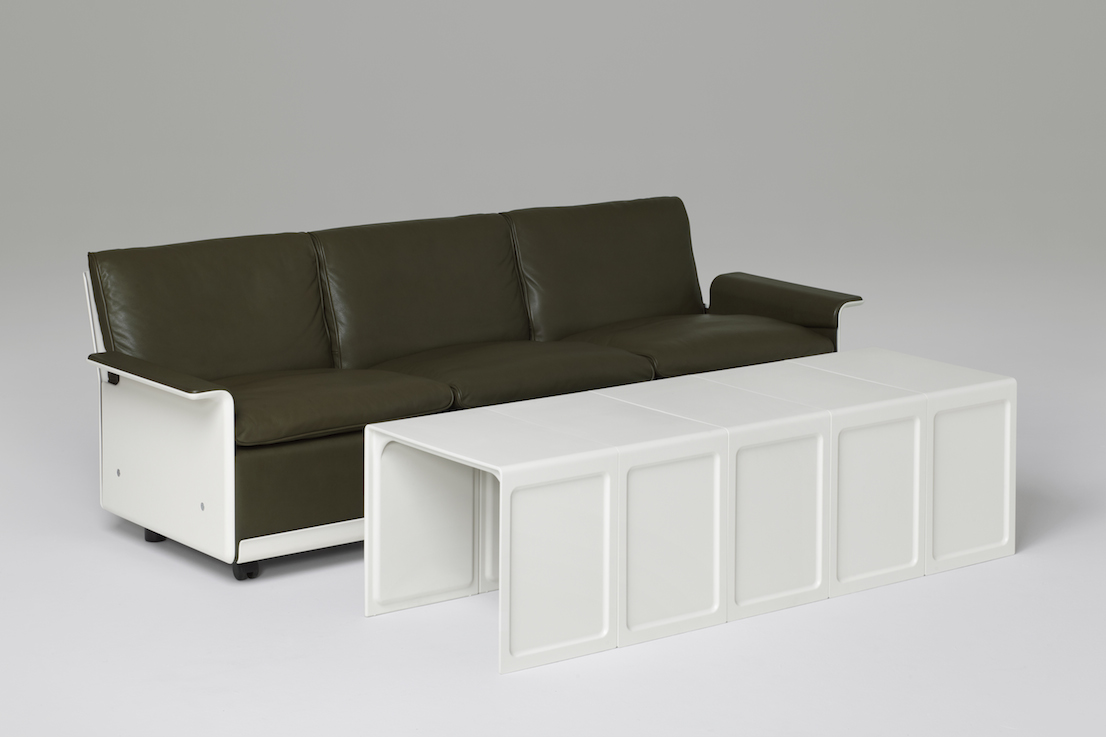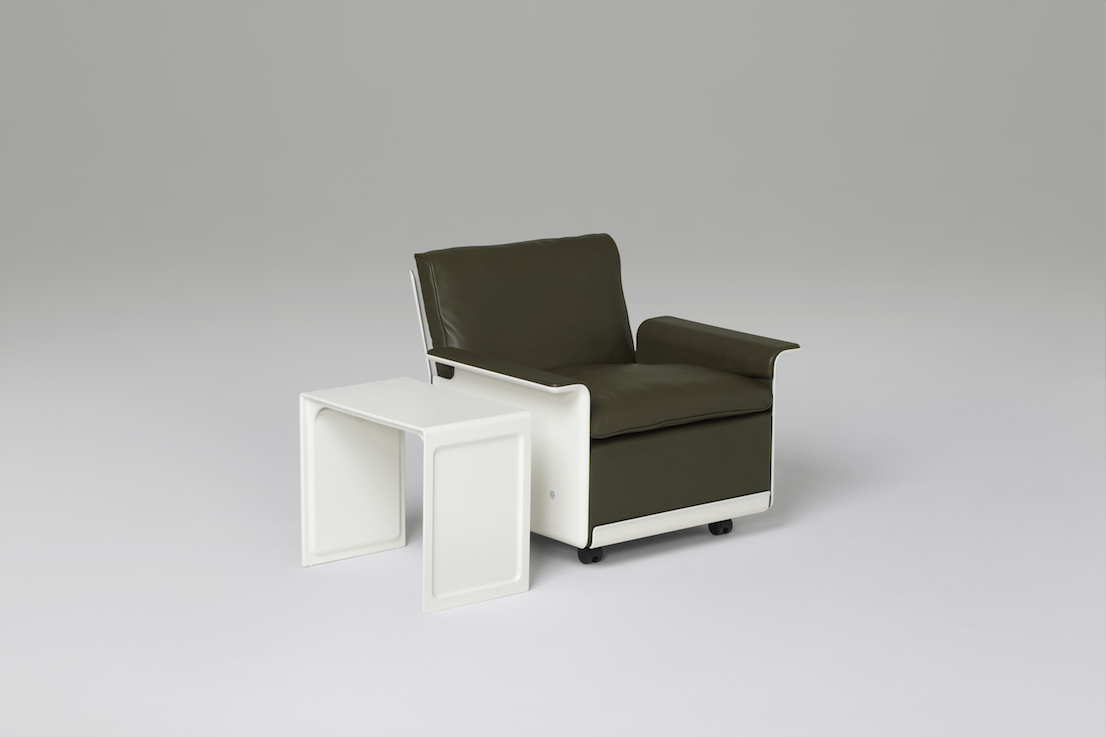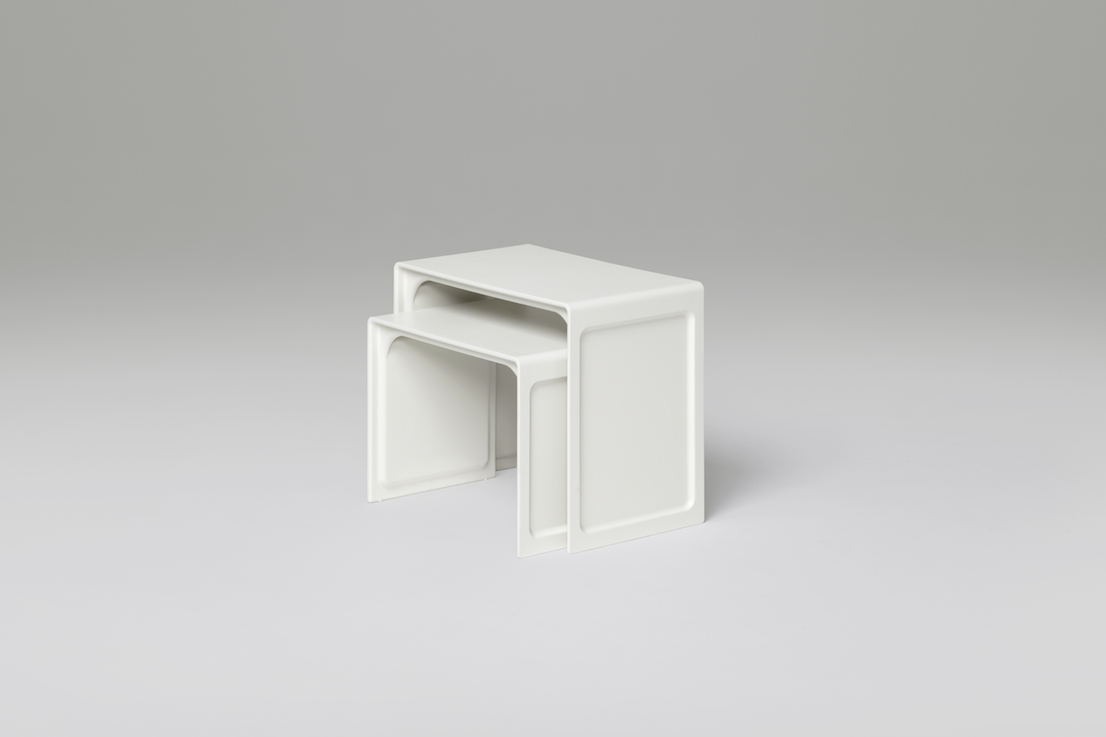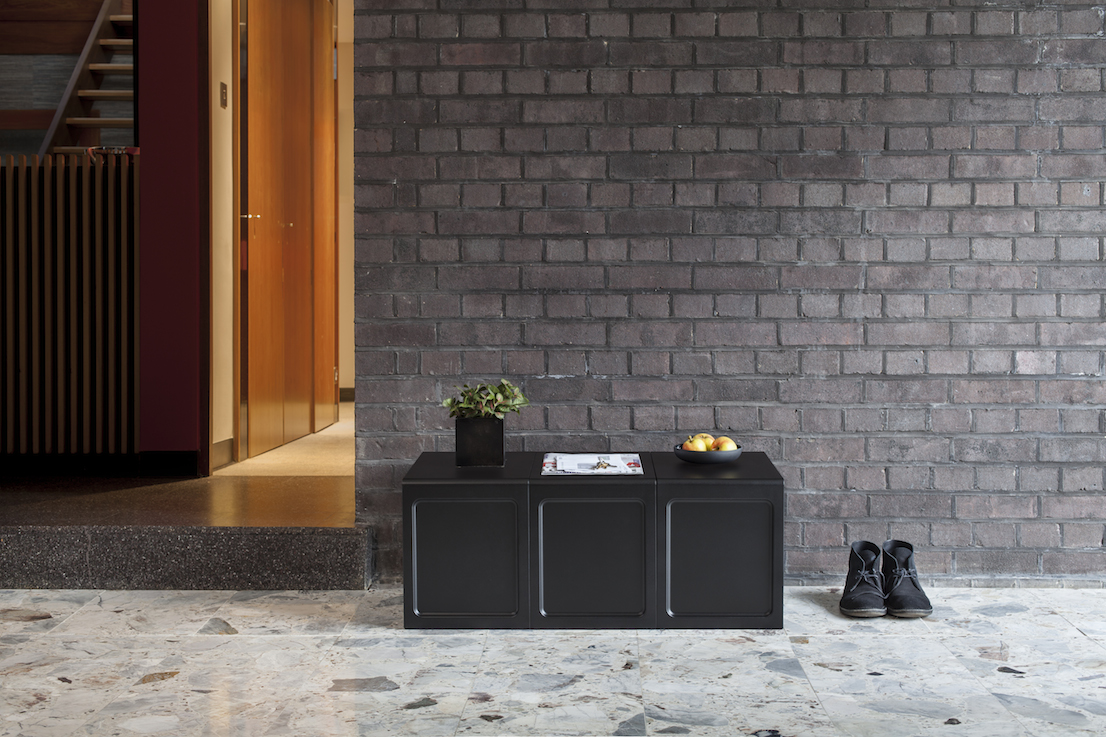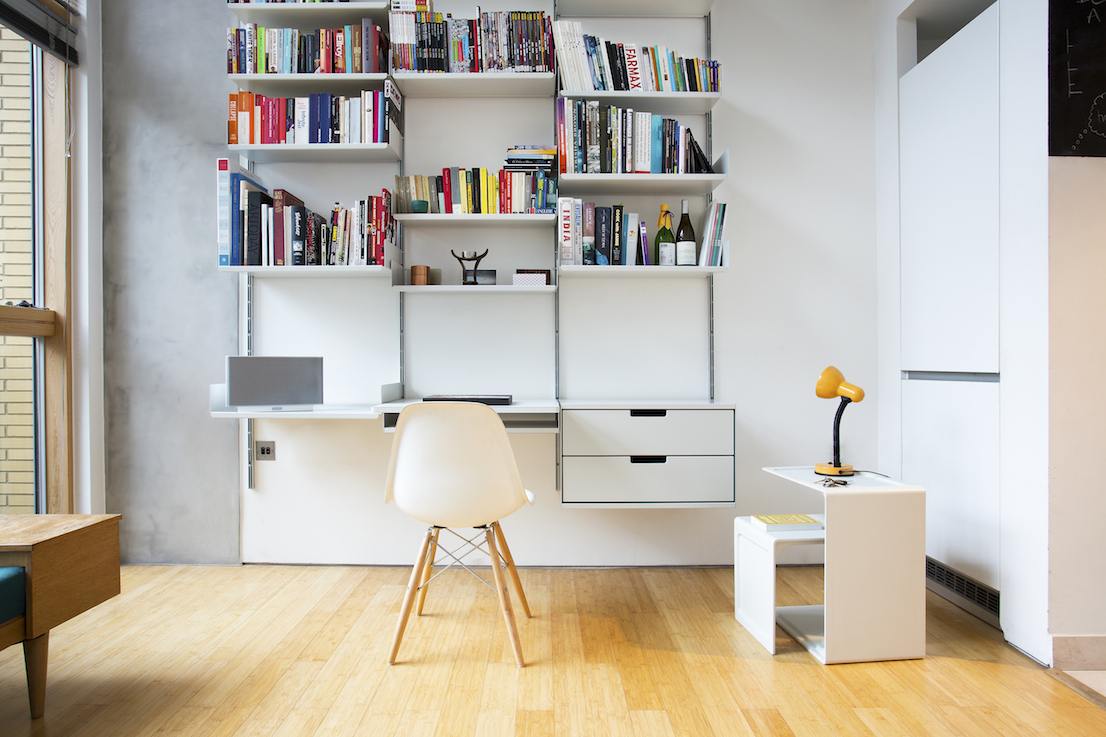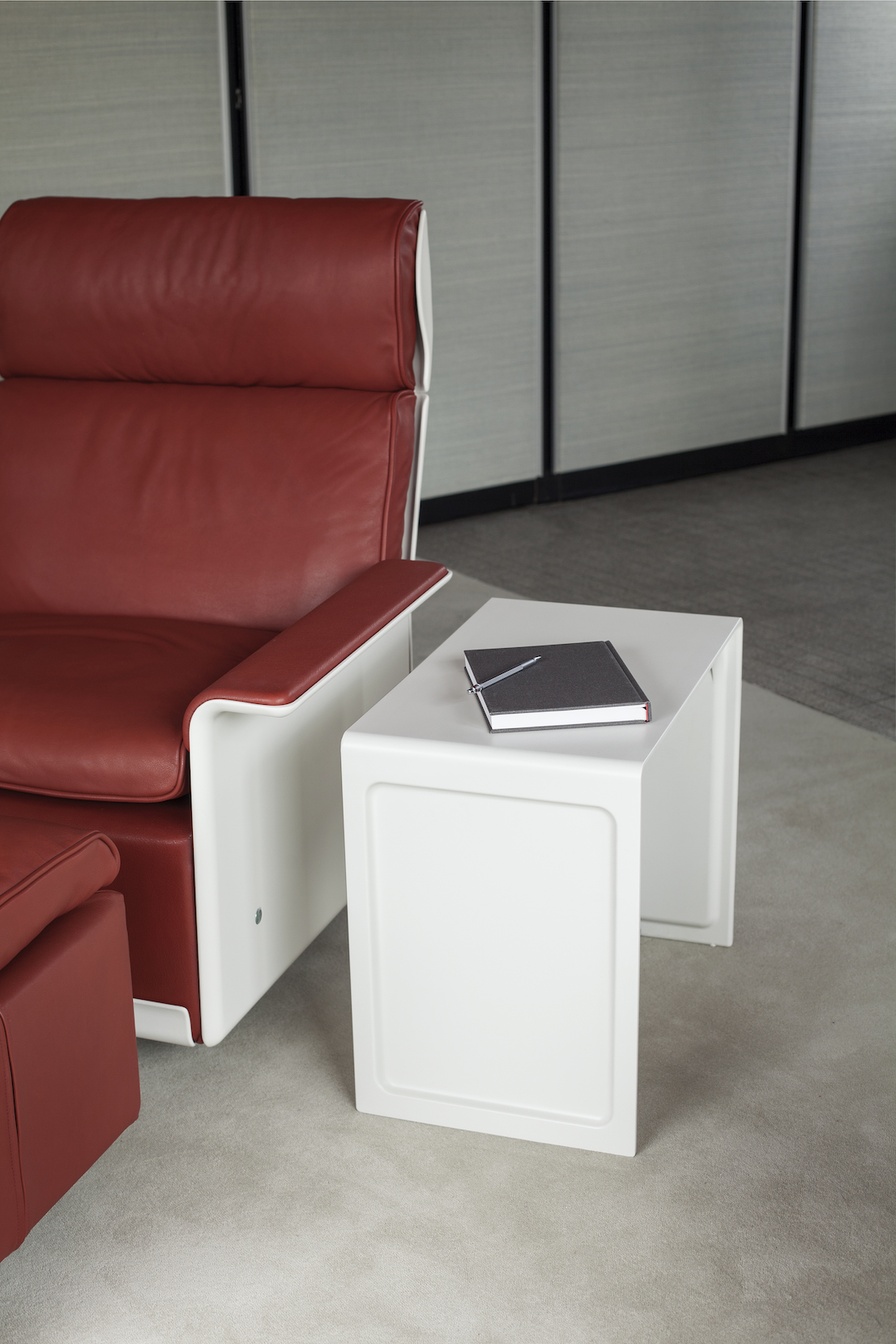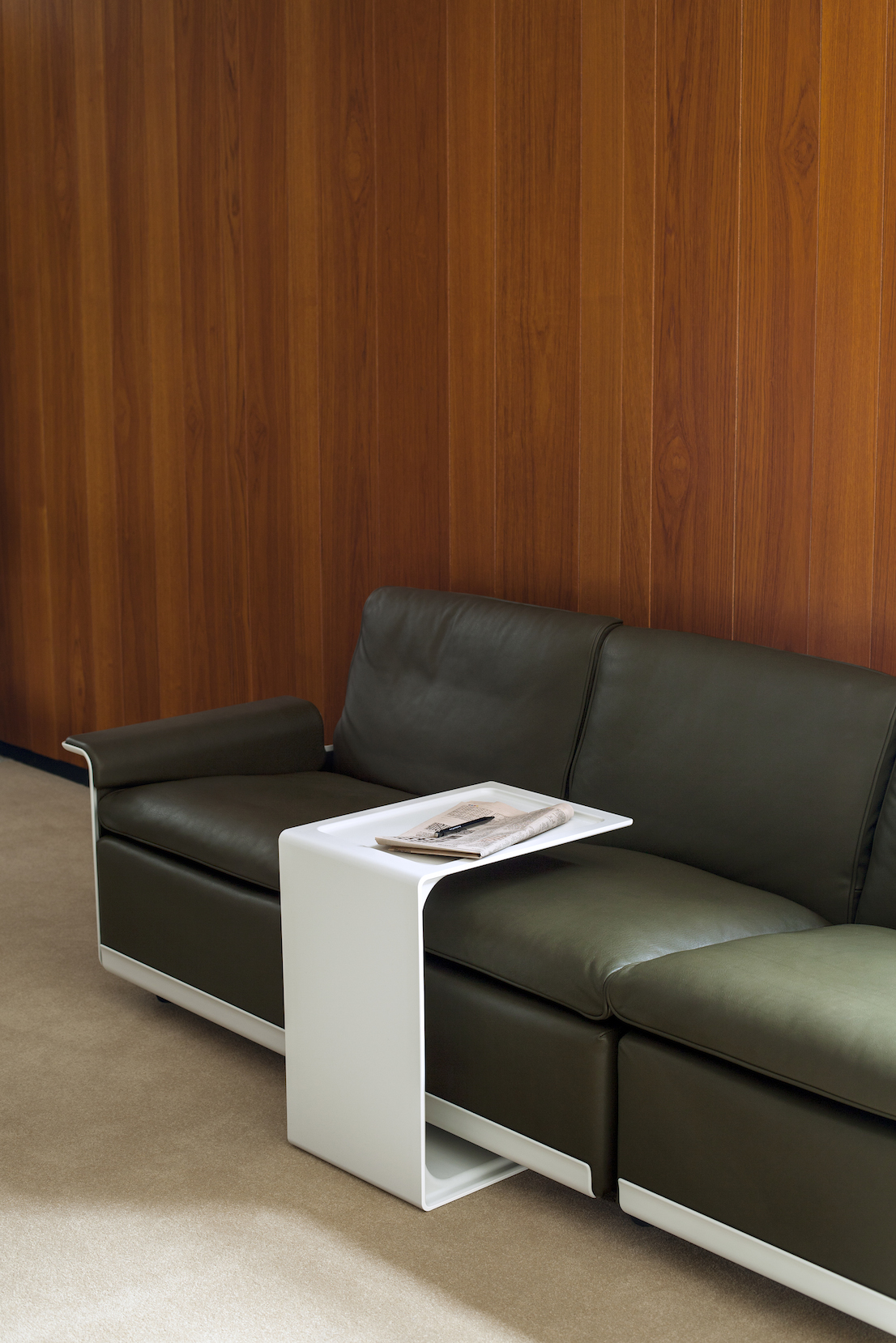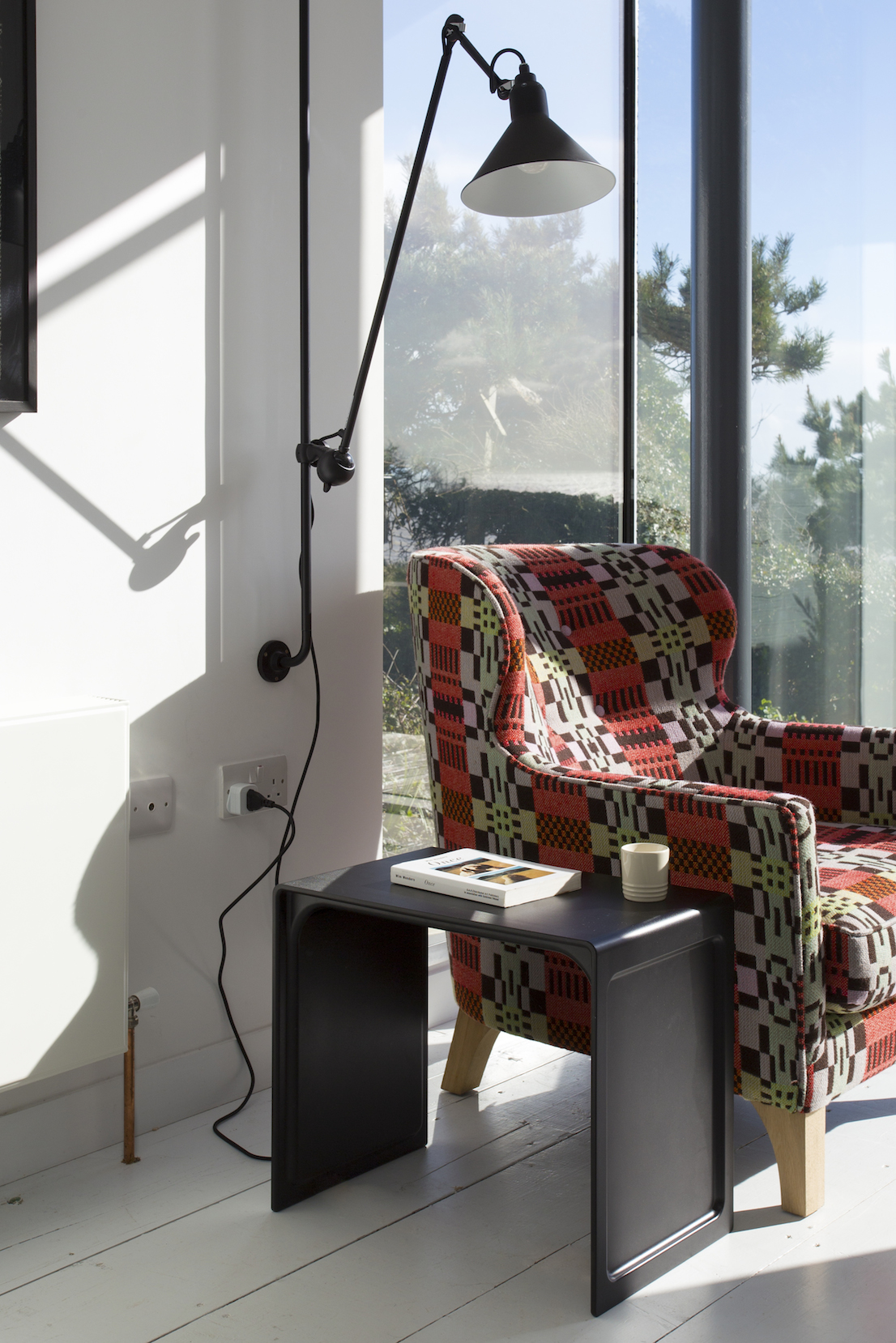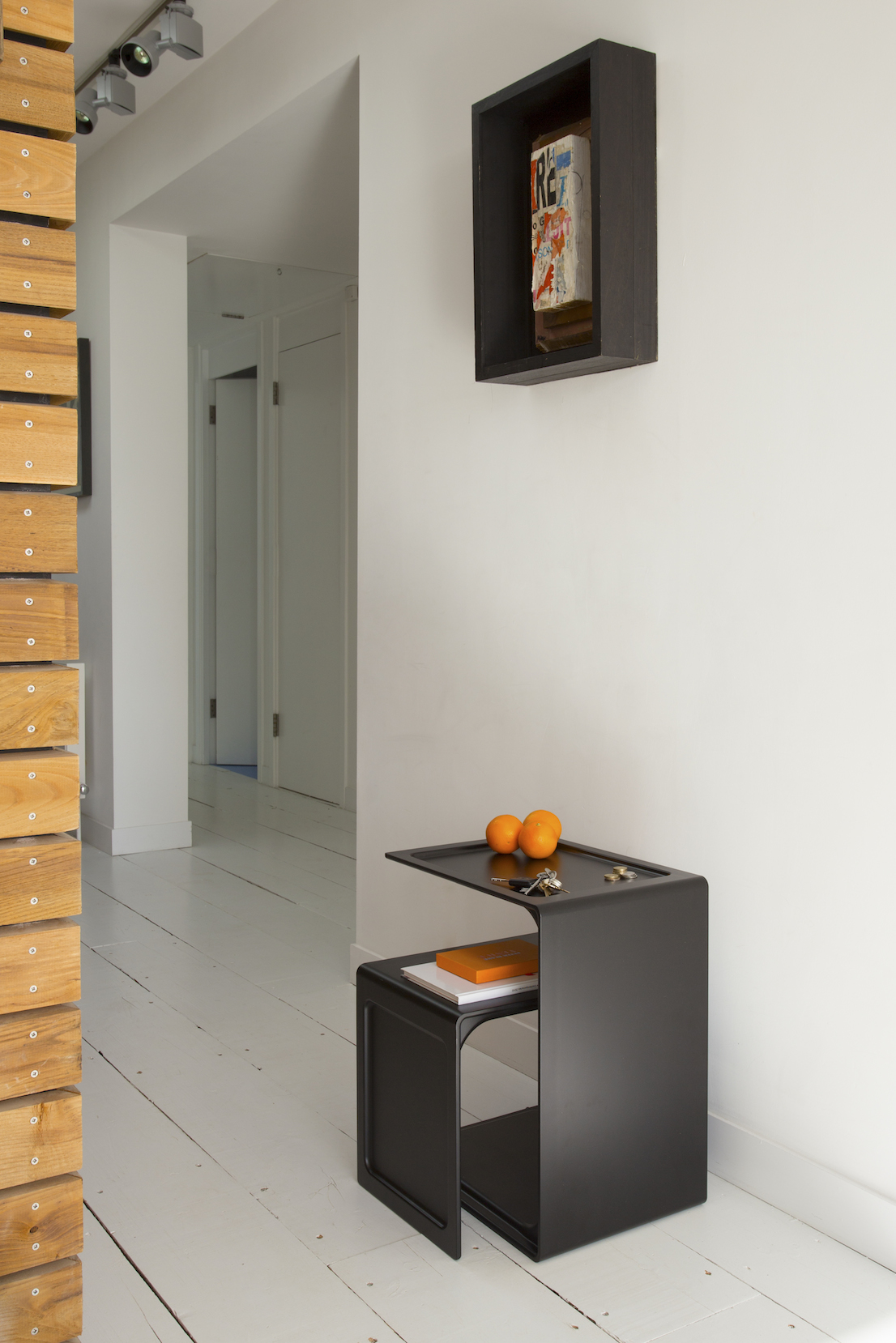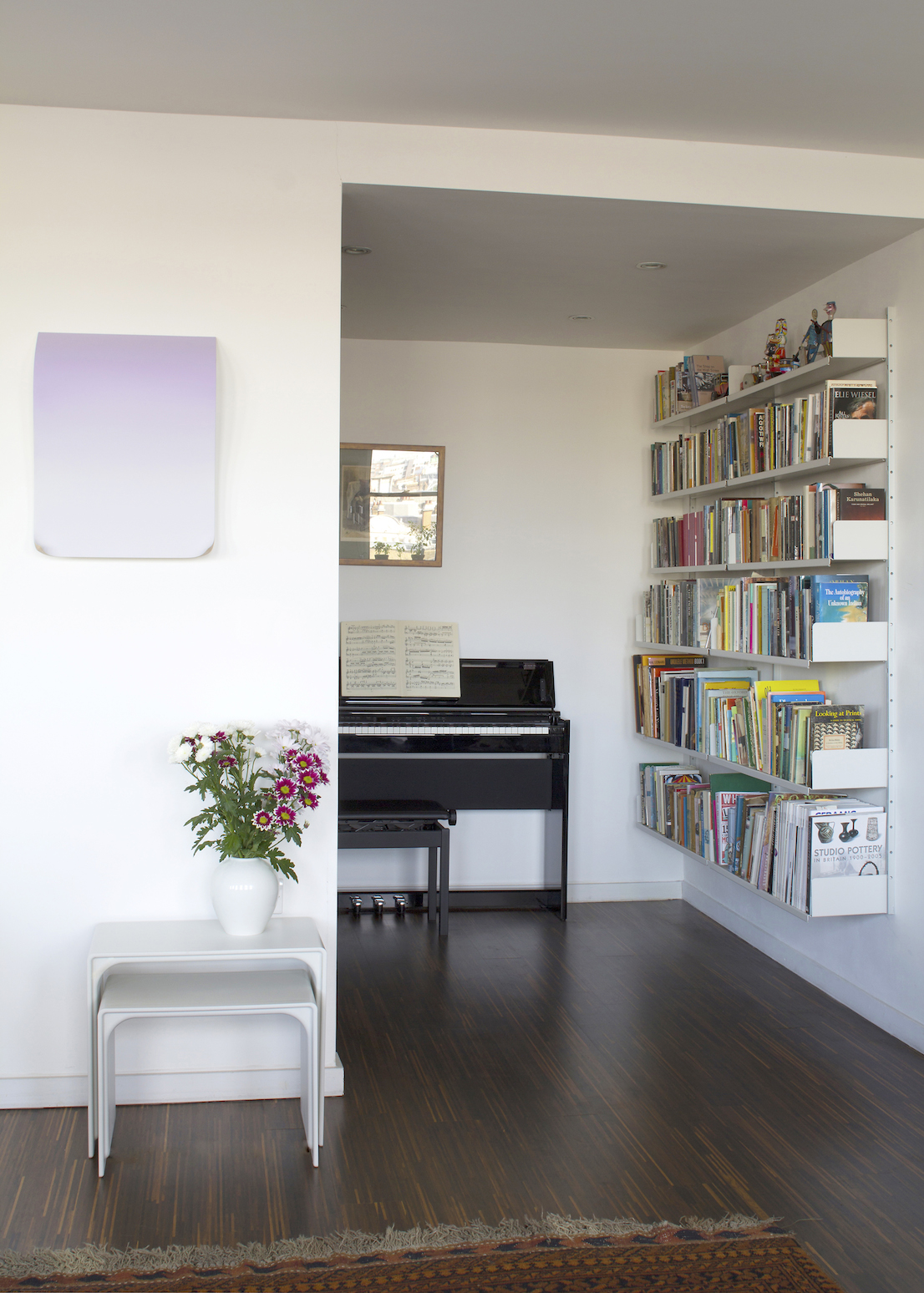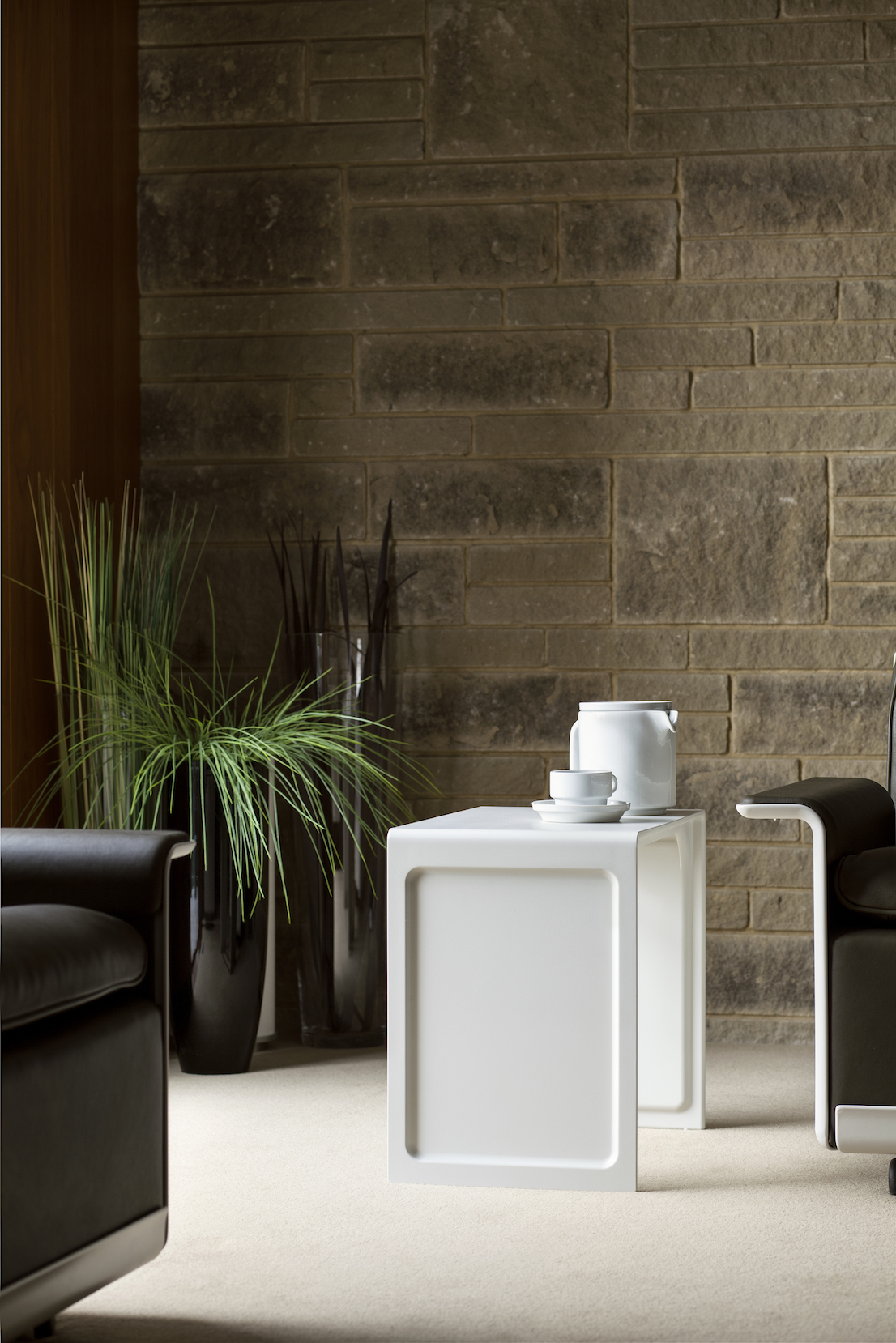4 June 2014
At the end of the 1950s, plastic became the princess of a whole new world of objects. From the Cinderella of materials, it was transformed into the protagonist of a design that set out to be popular and democratic, conceived for the general public and intended to make the object of everyday use both convenient and beautiful. The Ulm School, in Germany, made this mission the basis of its teaching philosophy, and what the Bauhaus had failed to achieve in the 1920s became the new objective of scientific pursuit: making good design accessible to the multitude, through an alliance between school and industry. In those years the epitome of industry was Braun and its Chief Design Officer Dieter Rams, a genuine icon of the profession of industrial design. The table he designed in 1962 and which has been reproduced today by Vitsœ typifies this extraordinary vision of things. Versatile, easy to handle and essential, an example of rigorous functionalism to put it mildly, the 621 Side Table returns to speak to us of its history and to remind us that the work of a great designer stems from equilibrium and has no need of exhibitionism and eccentricity.
